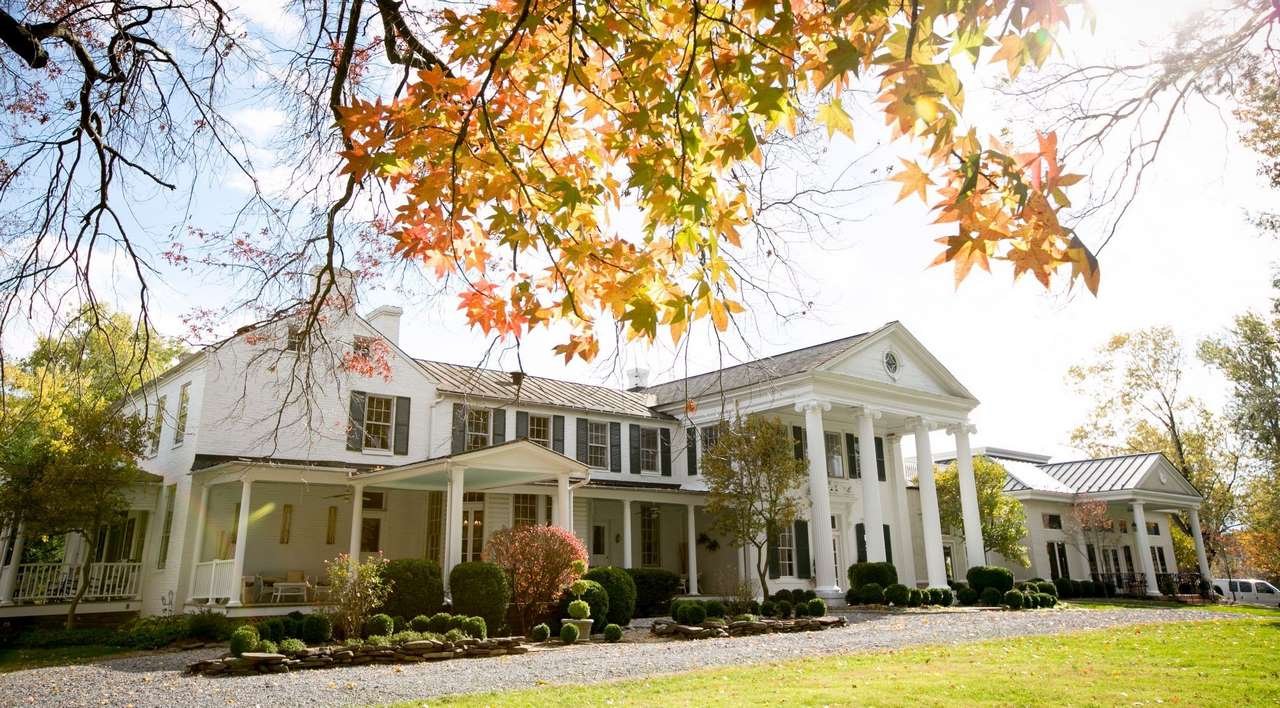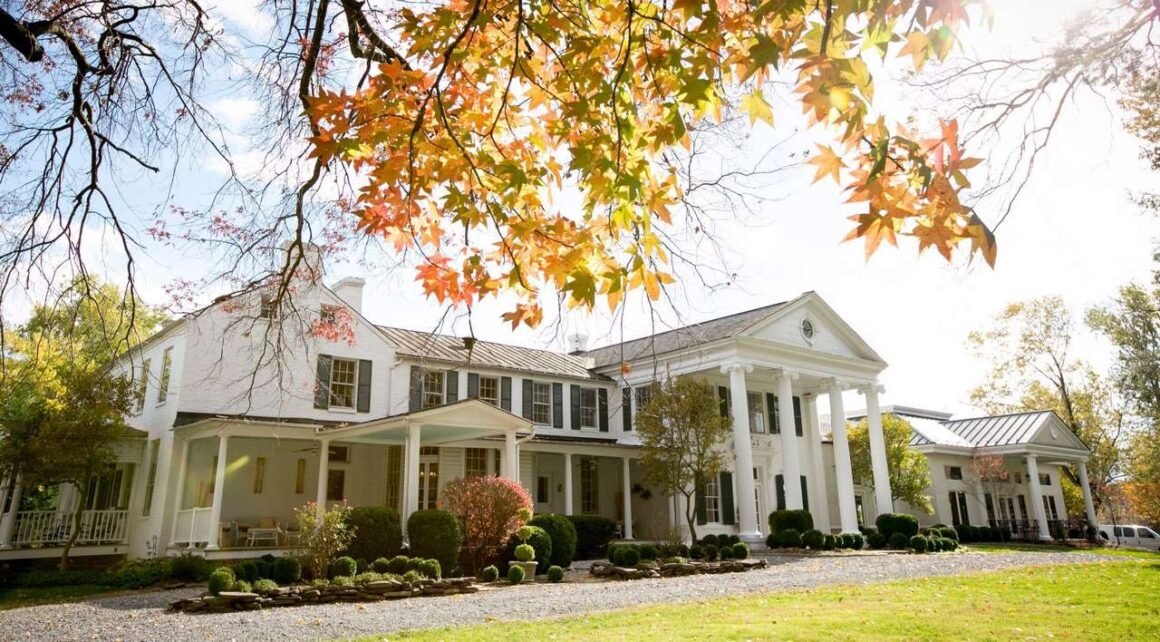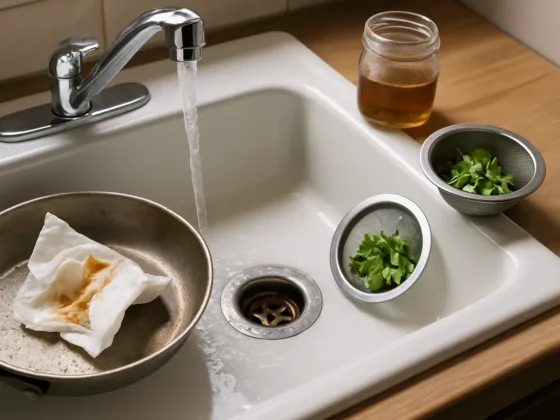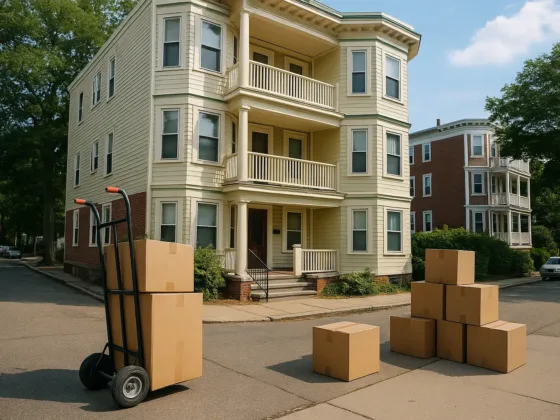Table of Contents Show
Setting a rental price for a property is pretty tough, but its importance can’t be stressed enough.
It’s natural that as a landlord, you’d want to set a price that earns you revenue and profits and is reasonably priced for your tenant.

Charging too high or too low a rent will harm your rental income, not to mention leave your rental vacant for extended periods.
So, it’s essential to find a balance between the two to find the ideal tenant for your property.
To make things a little less overwhelming for you, we’ve put together a list of eight things you should do to figure out the perfect rent amount for your rental.
1. Read Up on Your Area’s Rental Laws
Some states have rent-control laws to restrict landlords from charging high rents or increasing it beyond a specific amount annually, which works well for tenants. These laws are local and vary city-wise.
Hire a lawyer to find out whether the city where you have your property even has rent control.
If so, they need to let you know what rules and regulations you must follow before you can determine what rent to charge.
2. Be Aware of Your Competition
Your decision on what to charge as rent can be made easier if you look around and check out what other landlords in your neighborhood are charging for similar rentals.
While looking around, be sure to find out whether the rooms for rent nearby are worth comparing with yours in terms of size, bedrooms and bathrooms, amenities, and property condition. After all, it doesn’t make sense to compare a studio apartment with a single-family house!
If your property’s superior to the others in all aspects, you know you can charge a higher rent than other landlords.
Rentometer is a tool that can help you compare the rental rates of properties in your area to make an informed decision about what you intend to charge for your property.
Finally, cities with more robust economies and better job opportunities like San Francisco will charge higher rents and lure more potential tenants.
At the same time, those that haven’t made much progress in any of these areas will hardly draw any tenants.
Read Also:
3. Use the One Percent Rule
The one percent rule states that the rent you charge for your property should be between 0.8 % and 1.1 % of its value.
So, if your property’s value is $350,000, the rent you get to charge is in the range of $2400 to $3300 per month.
Let’s take another example. If your property’s value is lower than $100,000, then the ideal market-based rent to charge would be 1 % of the property value or $1000.
But if the property price is equal to or higher than $375,000, it’s advisable to use the lower end of the scale to fix a rent amount, if you wish to attract only the prospective tenants.
4. Rental Rates Change with Seasons
Rental rates vary seasonally because people aren’t comfortable or willing to move during the winter months due to the extreme cold.
On the other hand, rental rates are the highest during the spring and summer months because people consider these times ideal for moving.
Schools are closed, and students move to other states and cities for college, creating a demand for new rental rooms.
If, for whatever reason, you’re in a situation where your old tenant had to leave the rental during winter, brace yourself for the possibility that you may not find a new tenant anytime soon, leading to a longer vacancy period.
If vacancy’s not an option, you need to be flexible enough to charge a much lower rent to draw a potential tenant.
5. Look Out for Changes in the Local Market
Changes in local market conditions play a significant role in determining what you’ll end up charging as rent for your property, whether higher or lower.
So does the competition, which includes landlords with properties similar to yours.
As a landlord, the decision to set the rental price you wish to and increase it when it’s time for lease renewal is yours. So, be on the lookout for such changes.
6. Set Budget for Maintenance and Repairs
It’s a given that a rental property needs to be maintained well to keep attracting prospective tenants.
So, set aside how much money you need towards the maintenance and upkeep of your property by using an excel worksheet or easy-to-use accounting software, if you can find it.
The maintenance cost of your property is likely to cost 1 percent of your property value, so it makes sense to keep half of your income from rent for repairs and maintenance.
If you plan on providing utilities, such as electricity, gas, water, and so on, find out how much these would cost on average when you have a tenant living on your property.
7. Add Rent-Enhancing Features
Adding extra amenities in and around your property is also a great way to attract potential tenants.
Think about appliances or items that are likely to be irresistible to your tenants. They will, without a doubt, involve spending a good deal of money because they’re not things you can purchase monthly.
If you provide amenities such as a washer and dryer, a dishwasher, or even a pool, you may be able to charge a higher rent between 3 to 15 percent more of what was charged earlier.
You should also consider the maintenance problems that may crop up once you buy or install these items.
Many landlords decide against adding certain appliances because of the additional issues they may cause when in use.
In a word, you should remember that if other properties don’t offer many of the amenities you do, it automatically gives you an edge and the freedom to charge a higher rent. When you advertise your room for rent on a rental listing portal, add details of all these amenities to your ad, to make it stand out to your would-be tenant(s).
8. Use More Than One Way to Collect Rent
According to data from a survey conducted by Zillow, 58 percent of tenants wish to pay rent online, but only 36 percent get to do so.
While paying rent online is the norm these days, you may want to give tenants the flexibility of paying rent by more than one method.
You can hire a property manager only for rent-collection purposes if feasible. Or they can mail you a cashier’s check, personal check, or money order, although security may be an issue here.
A drop box is another secure way of collecting rent where you don’t have to meet the tenant personally.
Rent collection apps have also come up in a big way, so your tenants can use Paypal or Venmo from their smartphones and transfer you the monthly rent.
Finally, you could meet the tenant to collect rent but refrain from taking cash because there’s no way to record the transaction unless you share a payment receipt with your tenant.
Should there ever be a dispute whereby the tenant claims to have paid the rent, and you don’t recall receiving it, you’ll have no way of proving you’re right without any evidence.
So, do you feel more confident about setting rent for your property? Be sure to consider some of the most crucial factors contributing to rental rates, such as rents of similar properties in the area, the market demand, the overall property value, the added amenities, and maintenance costs.
That way, no one can stop you from setting a rent that will surpass all other rents in your area and bring you only the best of tenants!










